
My first dive trip out of lockdown was on a long-planned Worcester Divers trip to St Abbs, on the East coast and just over the border into Scotland. In view of the pandemic, I had expected this trip to be cancelled, but to my delight we got the green light. This area has some outstanding diving and not only were we lucky to travel, but we dived it in ideal conditions – the westerly air stream had kept the sea flat and we were blessed with plenty of sunshine.
St Abbs is a nearly ideal dive location, as the main dive sites are reached by only a few minutes travel time in the boat – just long enough to kit up, in fact! Paul, the skipper of “Shore Diver”, is a diver himself and so knew exactly where to drop us in. Highlights were anemone gully, Tye’s tunnel and Skellies Hole. All of these have amazing topography to enjoy, as well as excellent wildlife for our photography.
Some of the group stayed in self-catering accommodation in the harbour, whilst myself and a couple of others parked our campervans on the quayside. This lack of travel time meant that we completed three dives per day, without it seeming like an effort. And there are so many subjects to go at, that I was grateful to be able to spend three hours per day underwater.
St Abbs is a great wildlife location, but it is particularly interesting for divers because it contains such a variety of life. Many southern species are in evidence, alongside many species usually seen further north. Sadly I was not able to capture a useful picture of the wolf fish, emblematic of the area, but the crustaceans, fish and soft corals were seen in abundance.
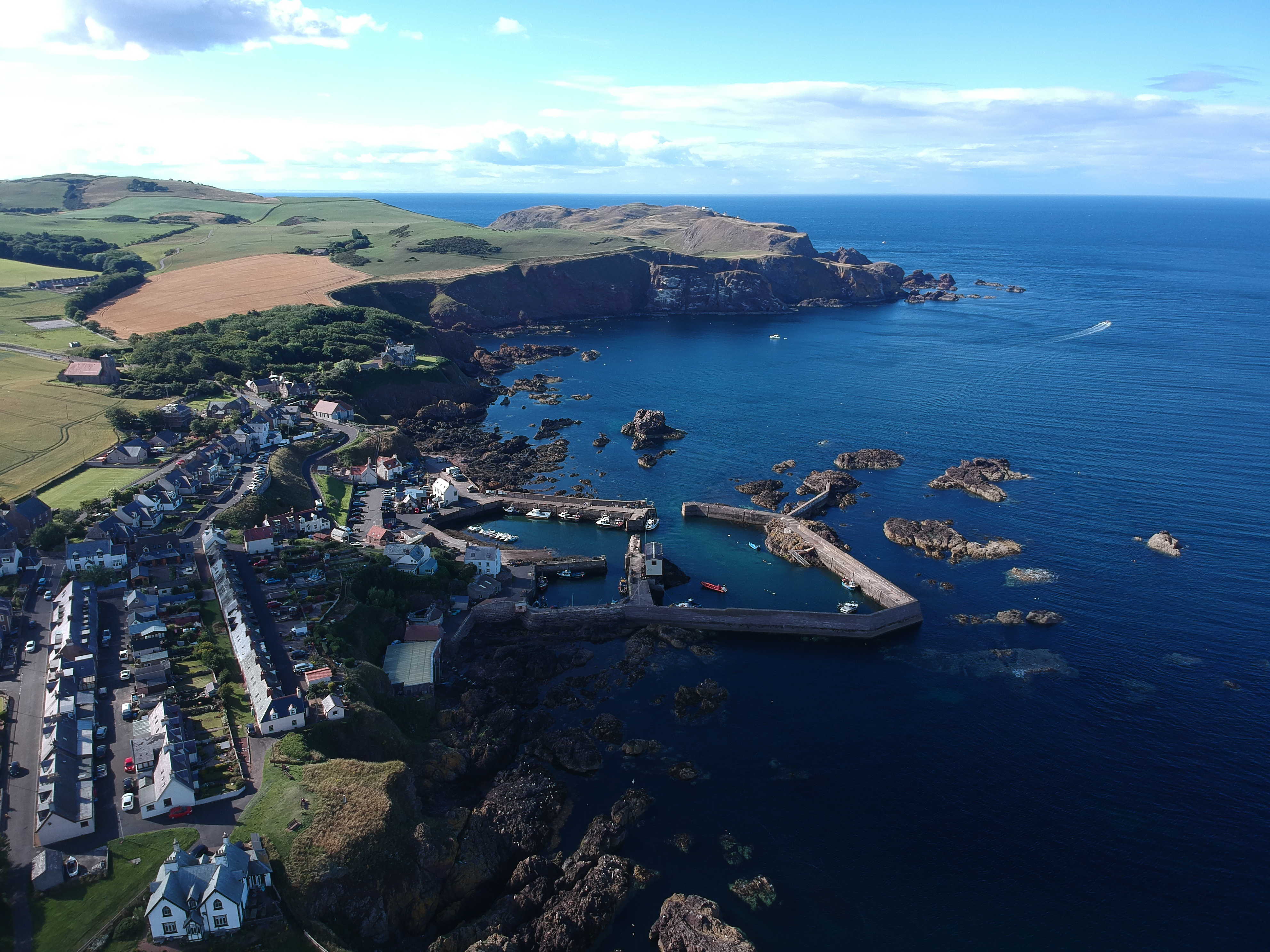
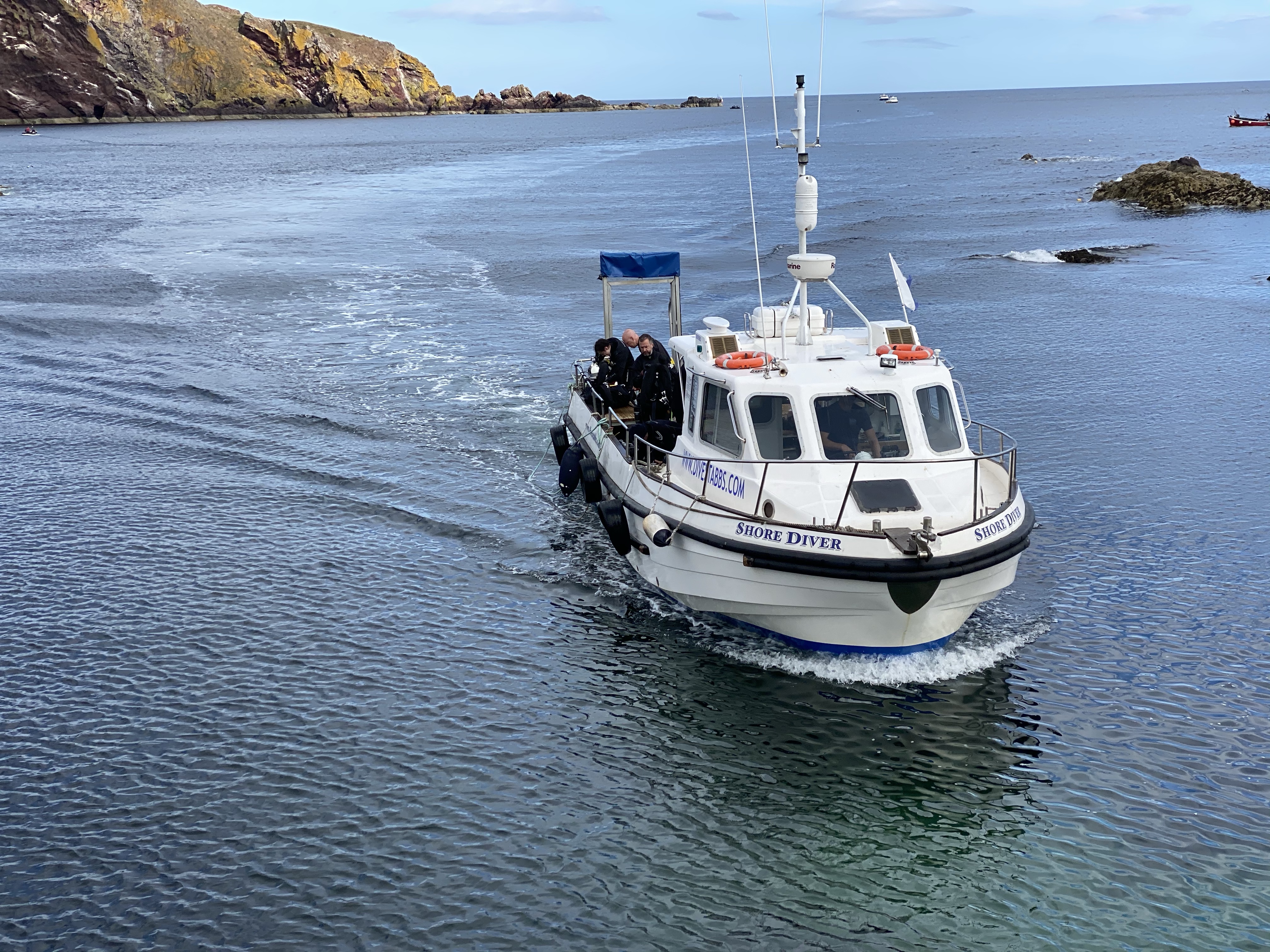
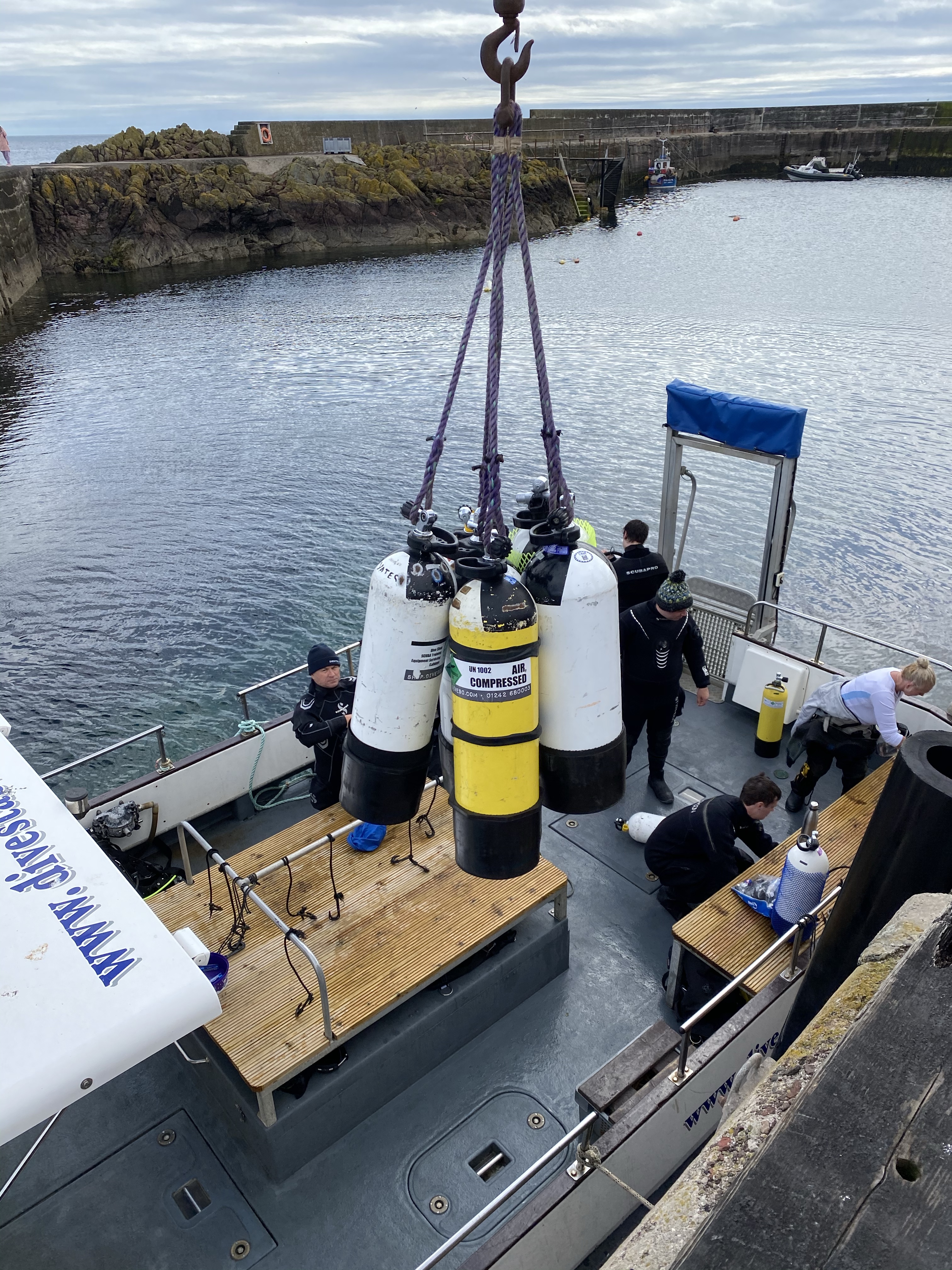


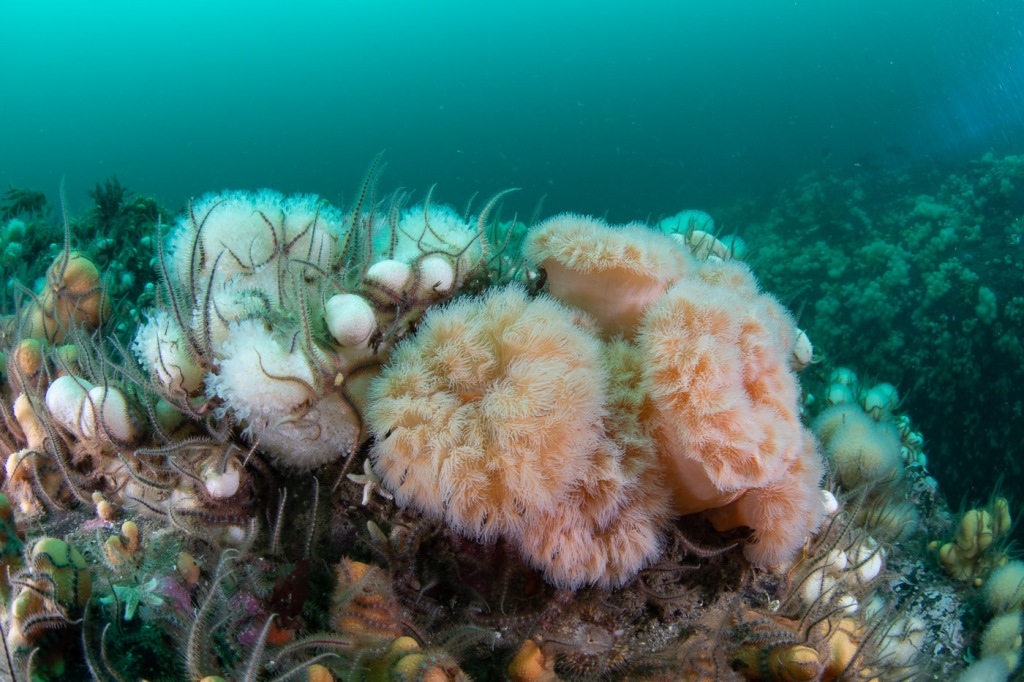
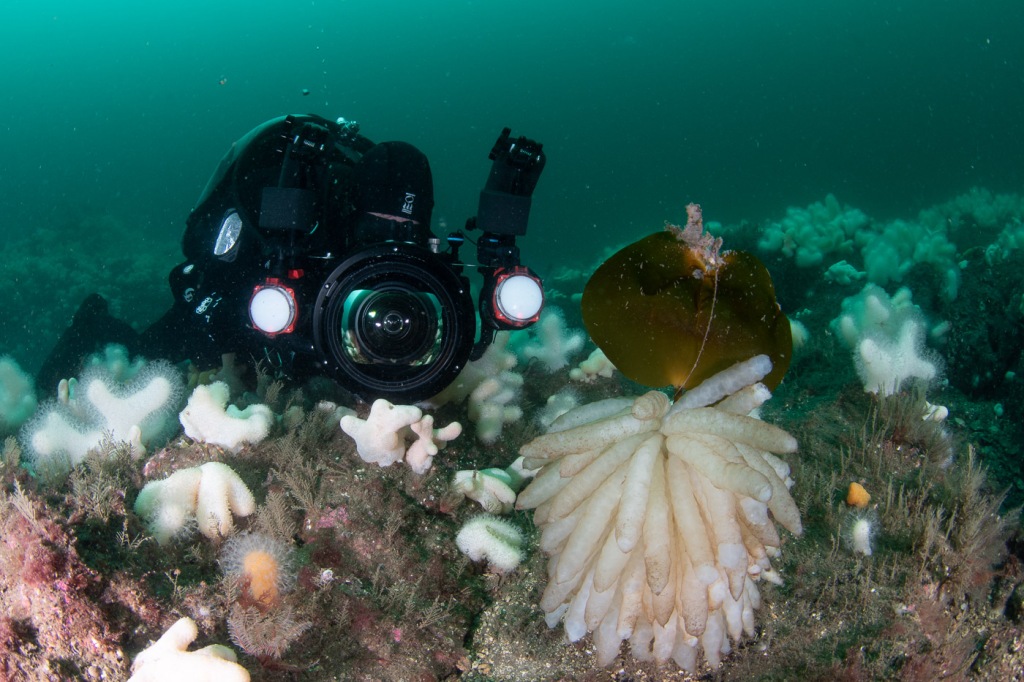



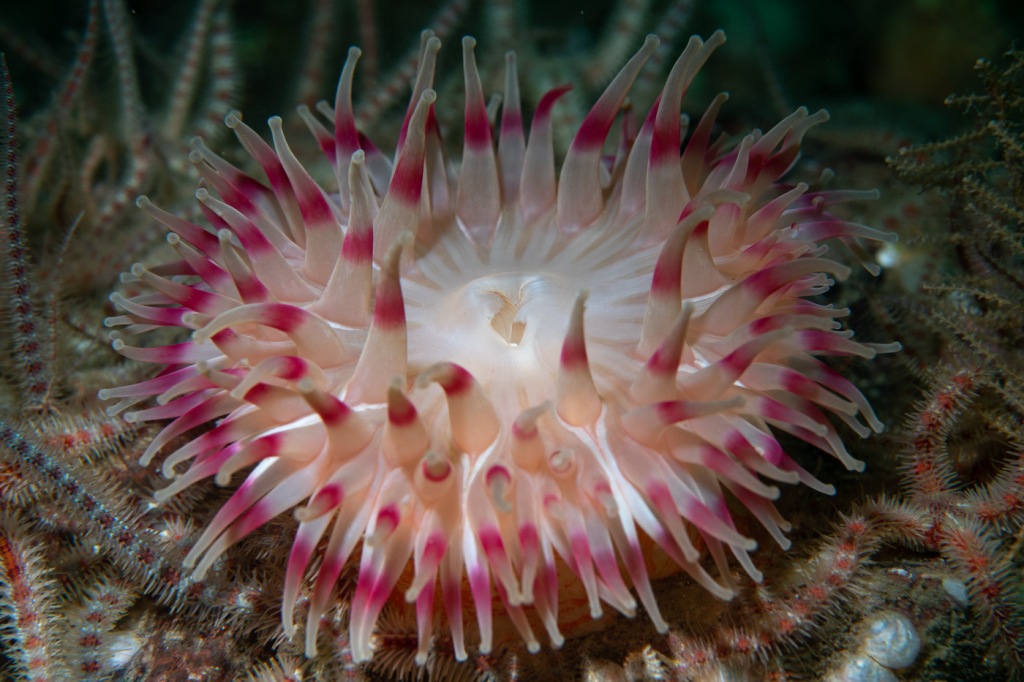

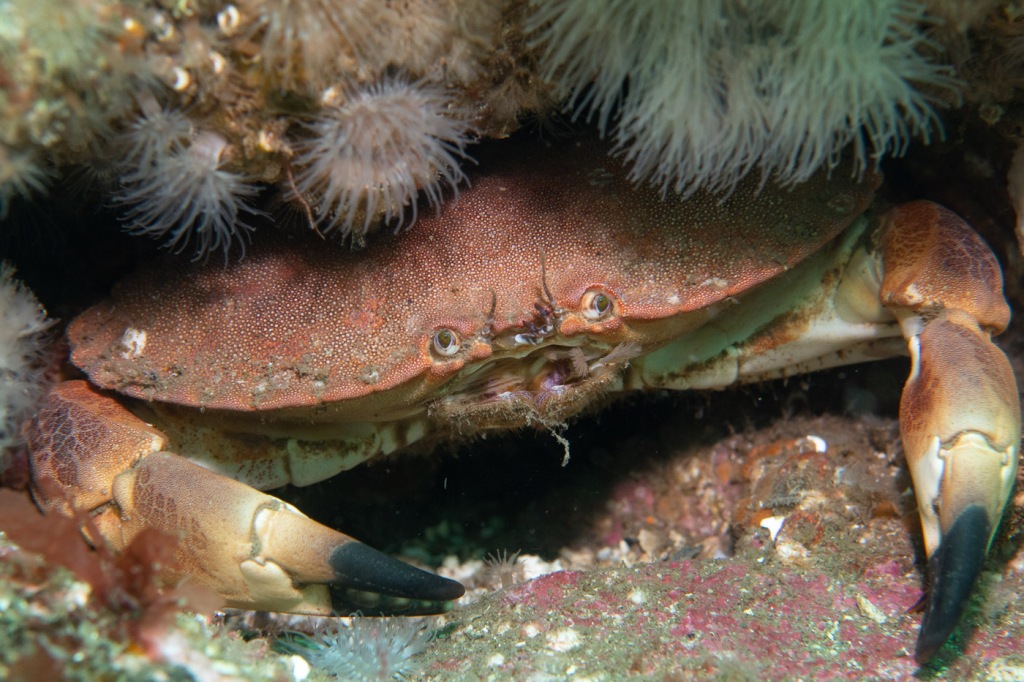
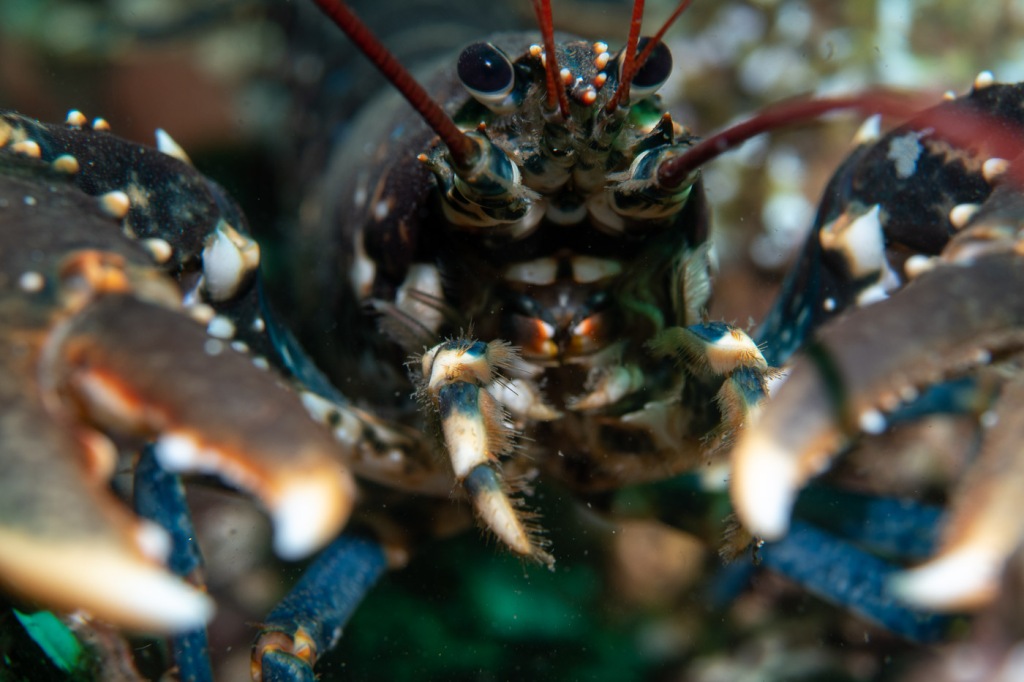


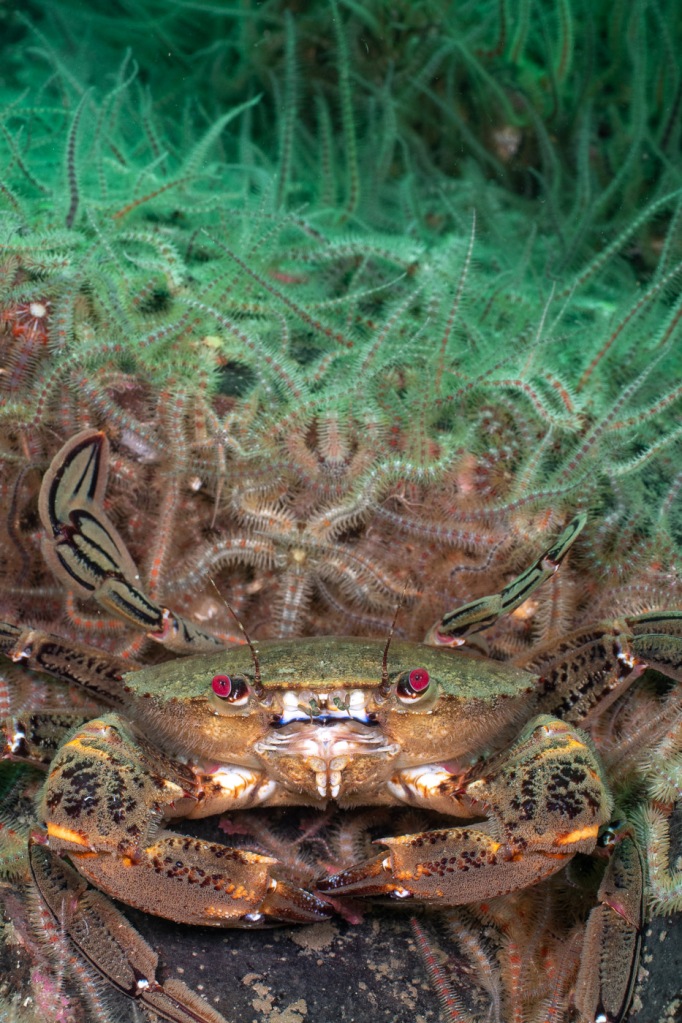

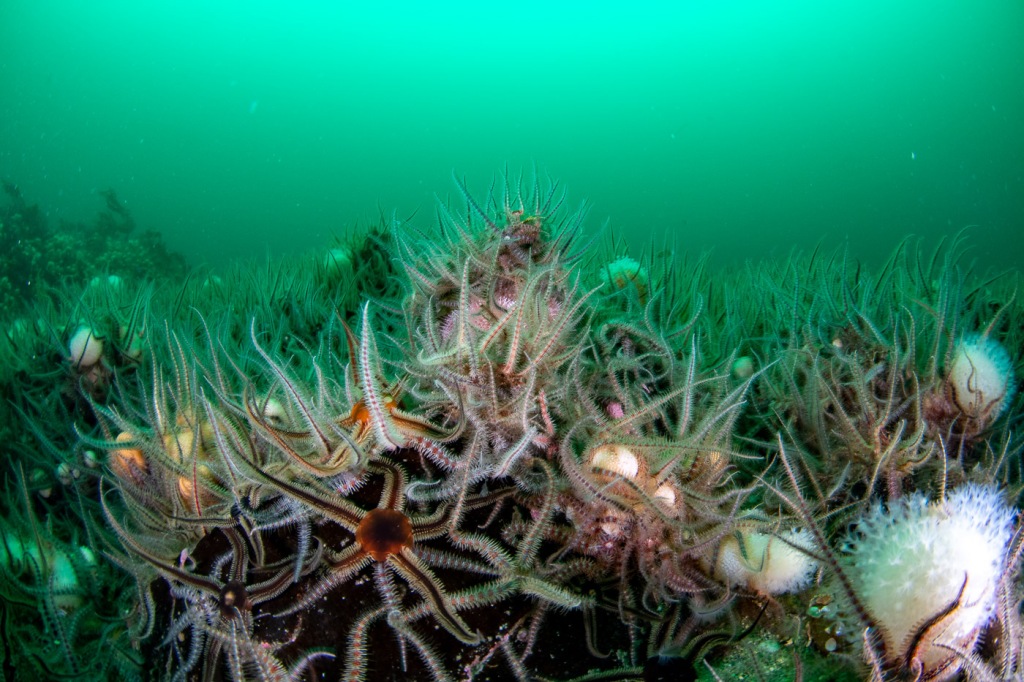
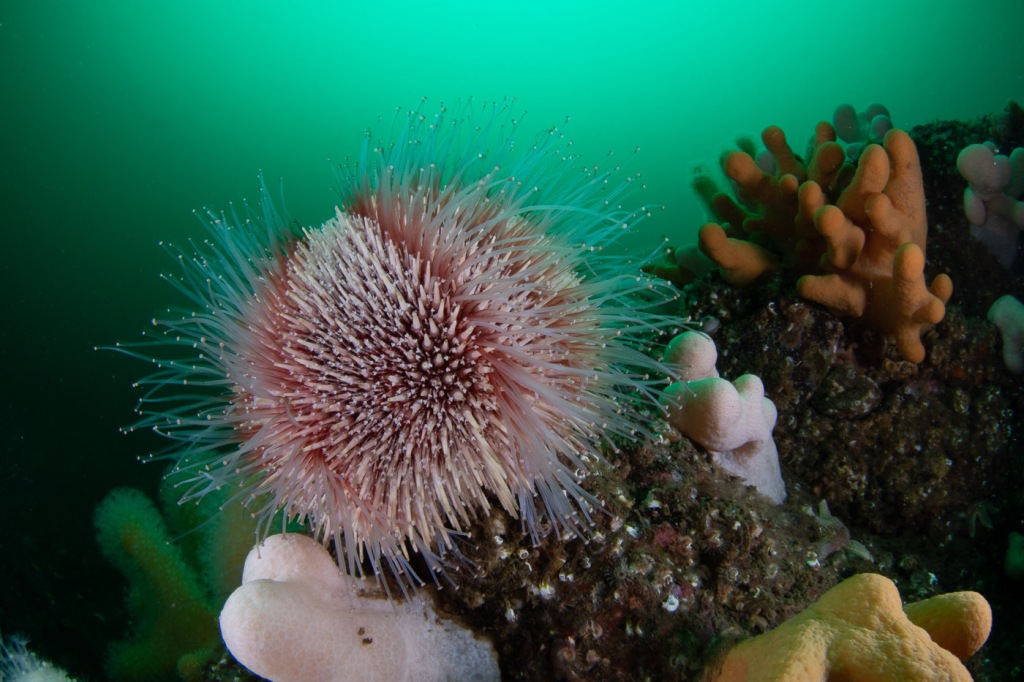




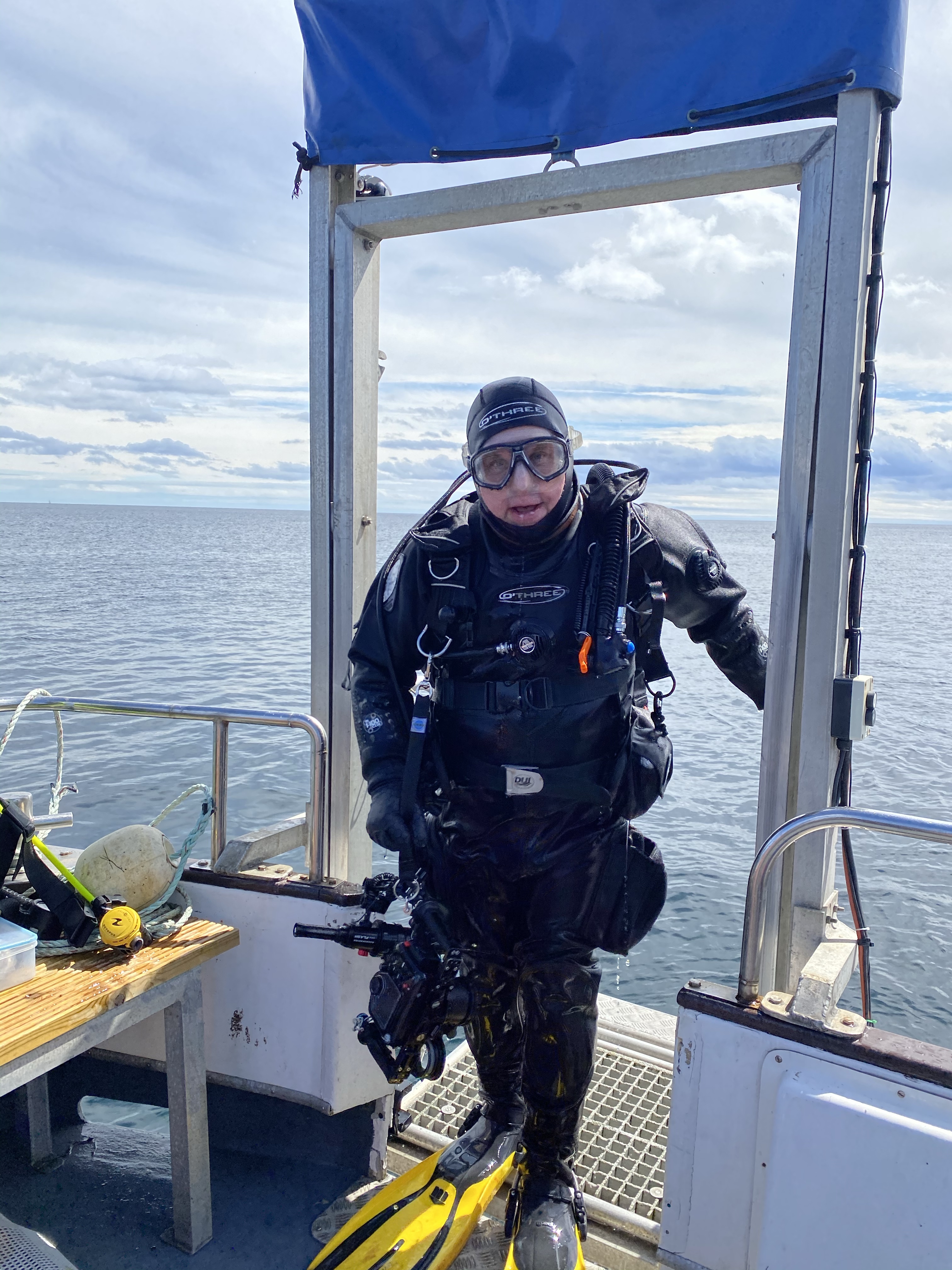

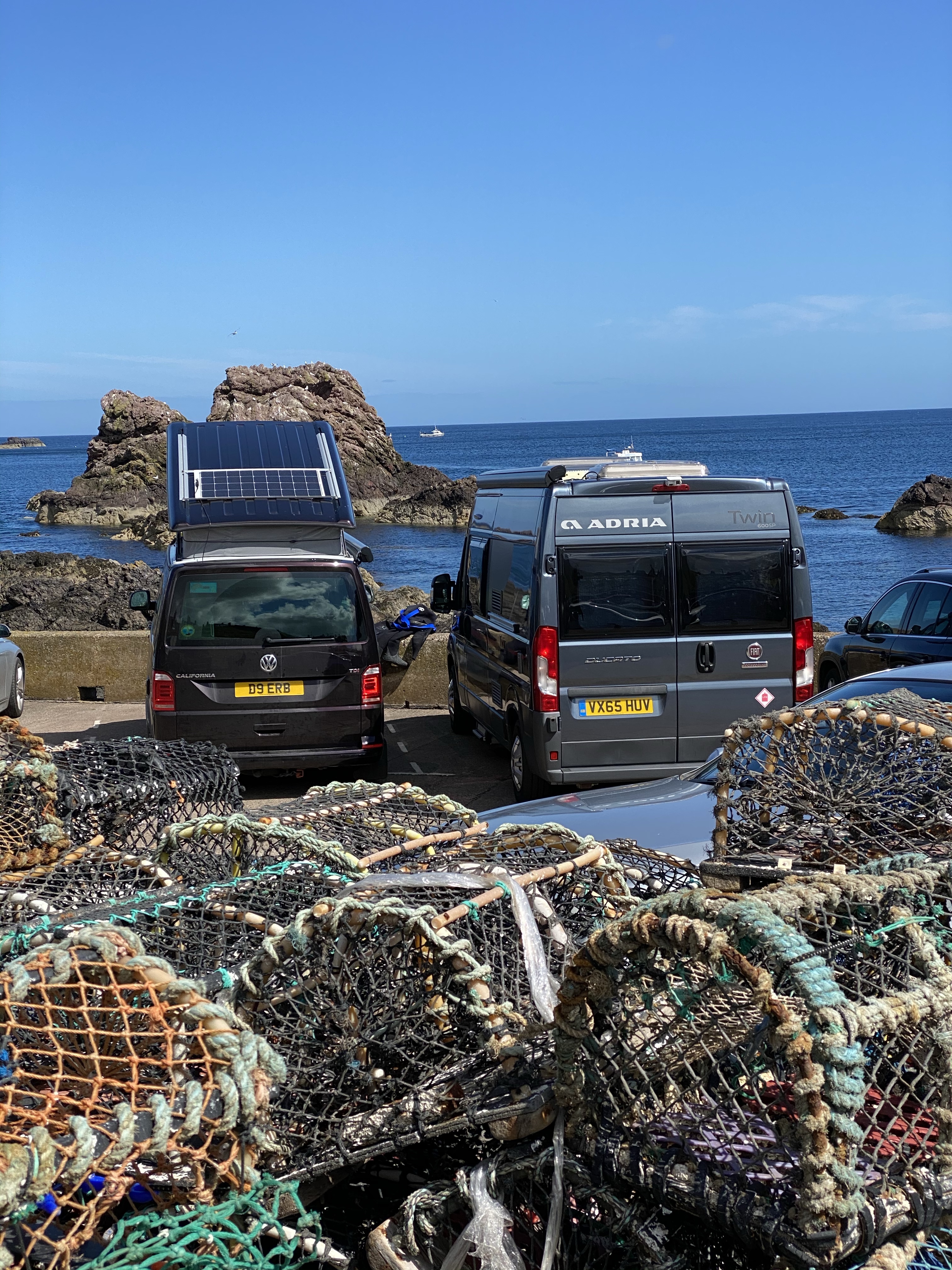

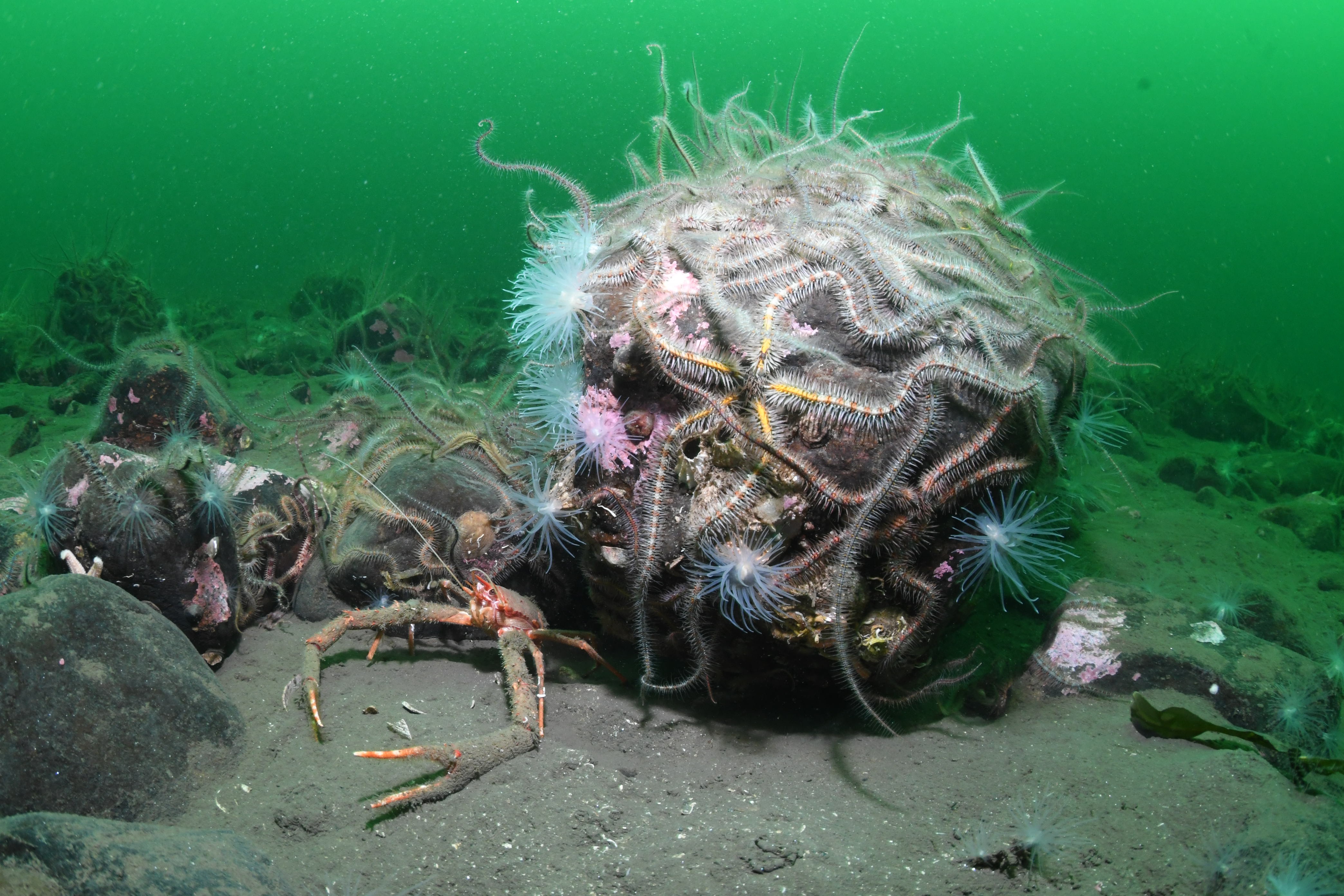





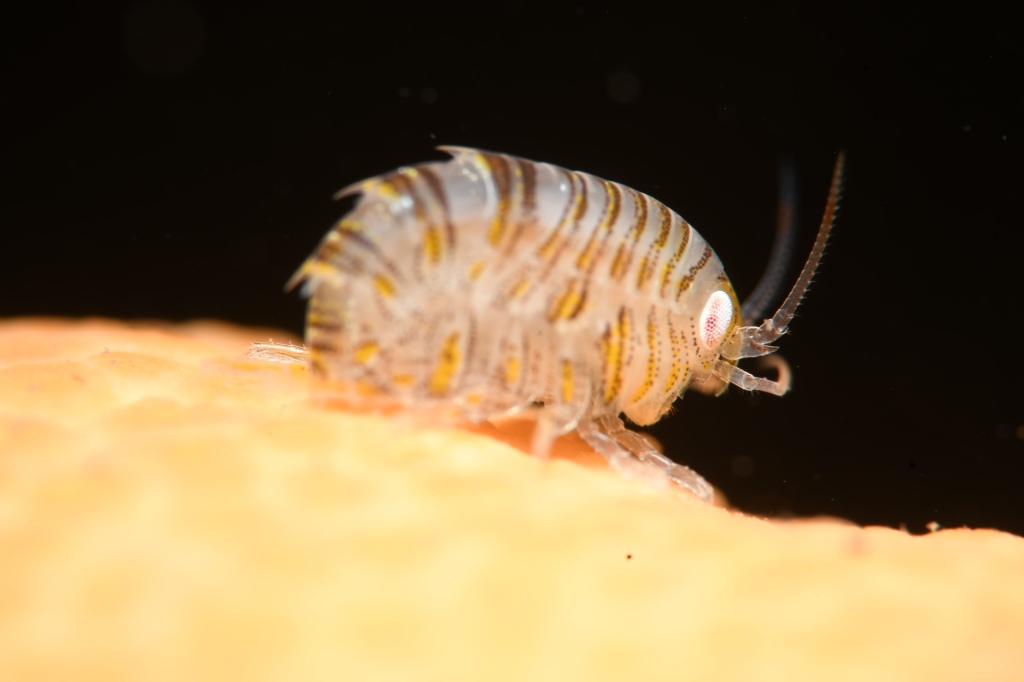





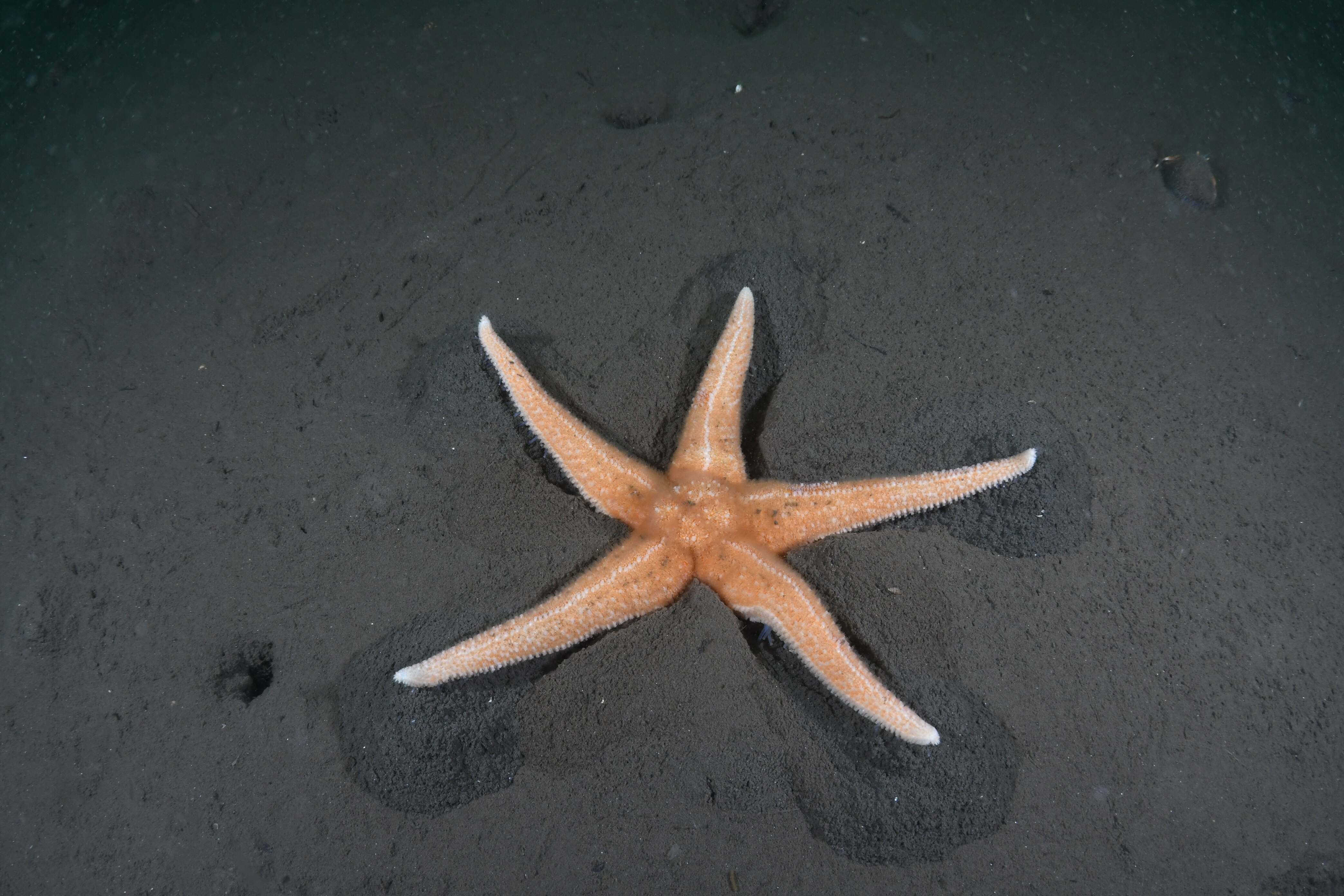


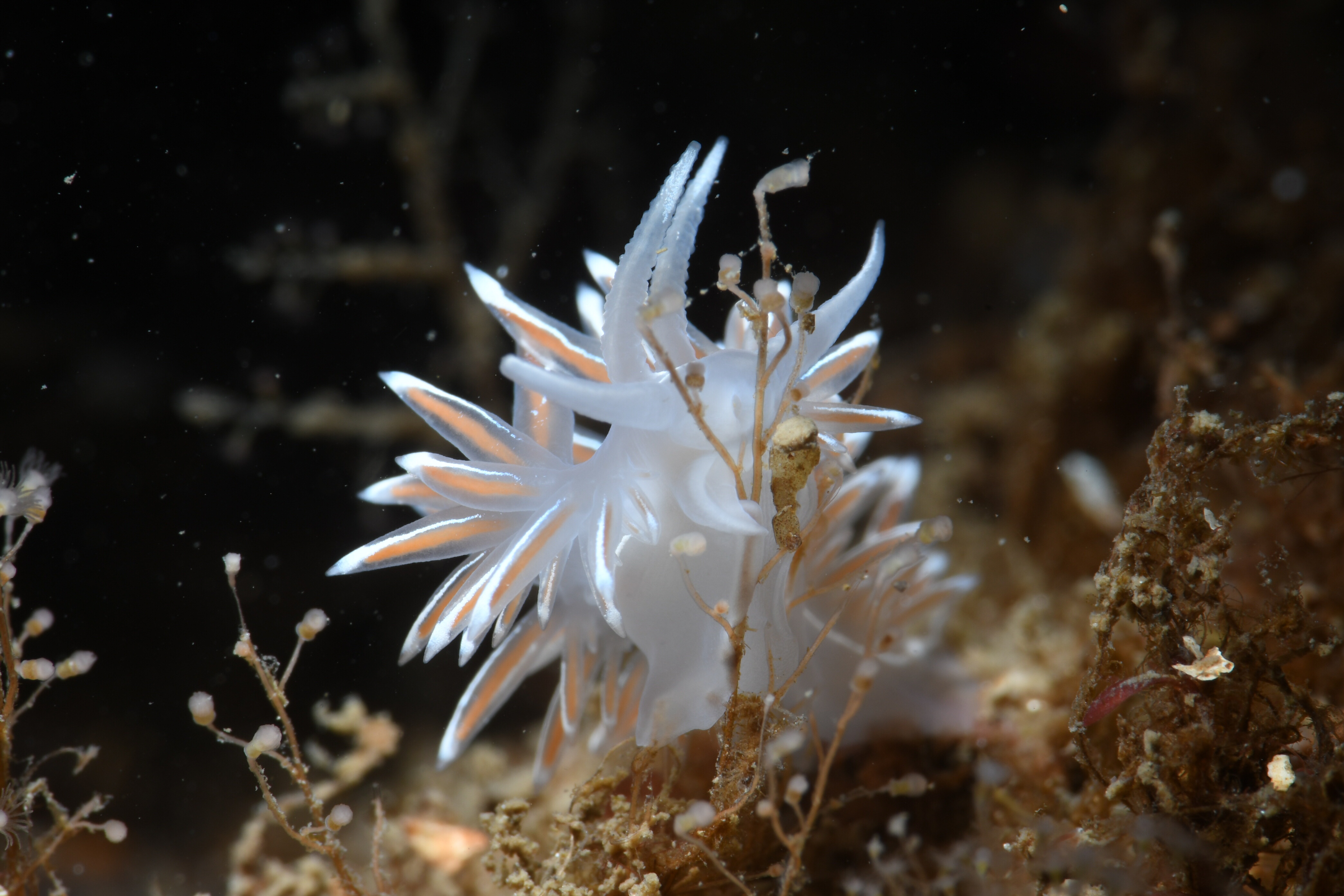
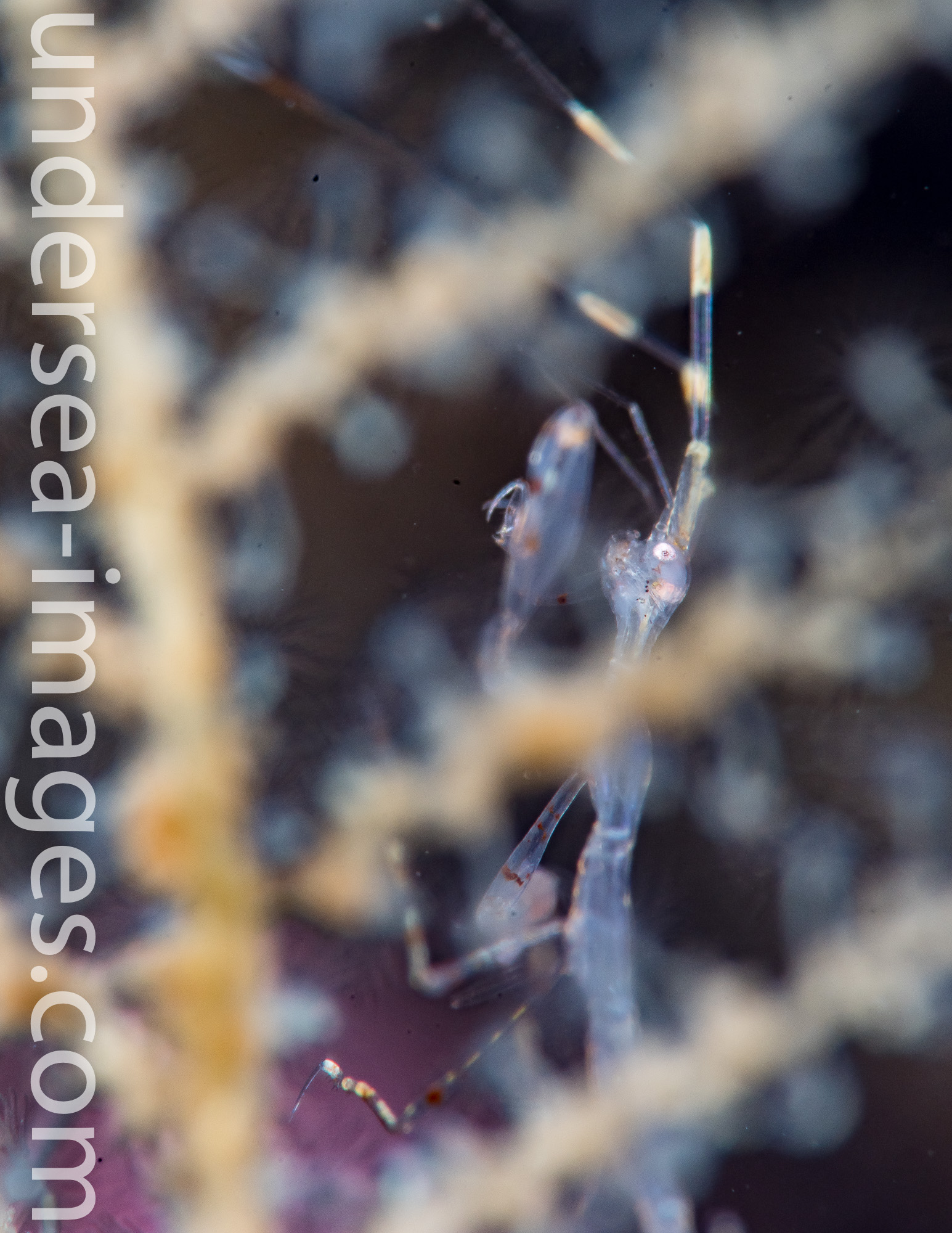
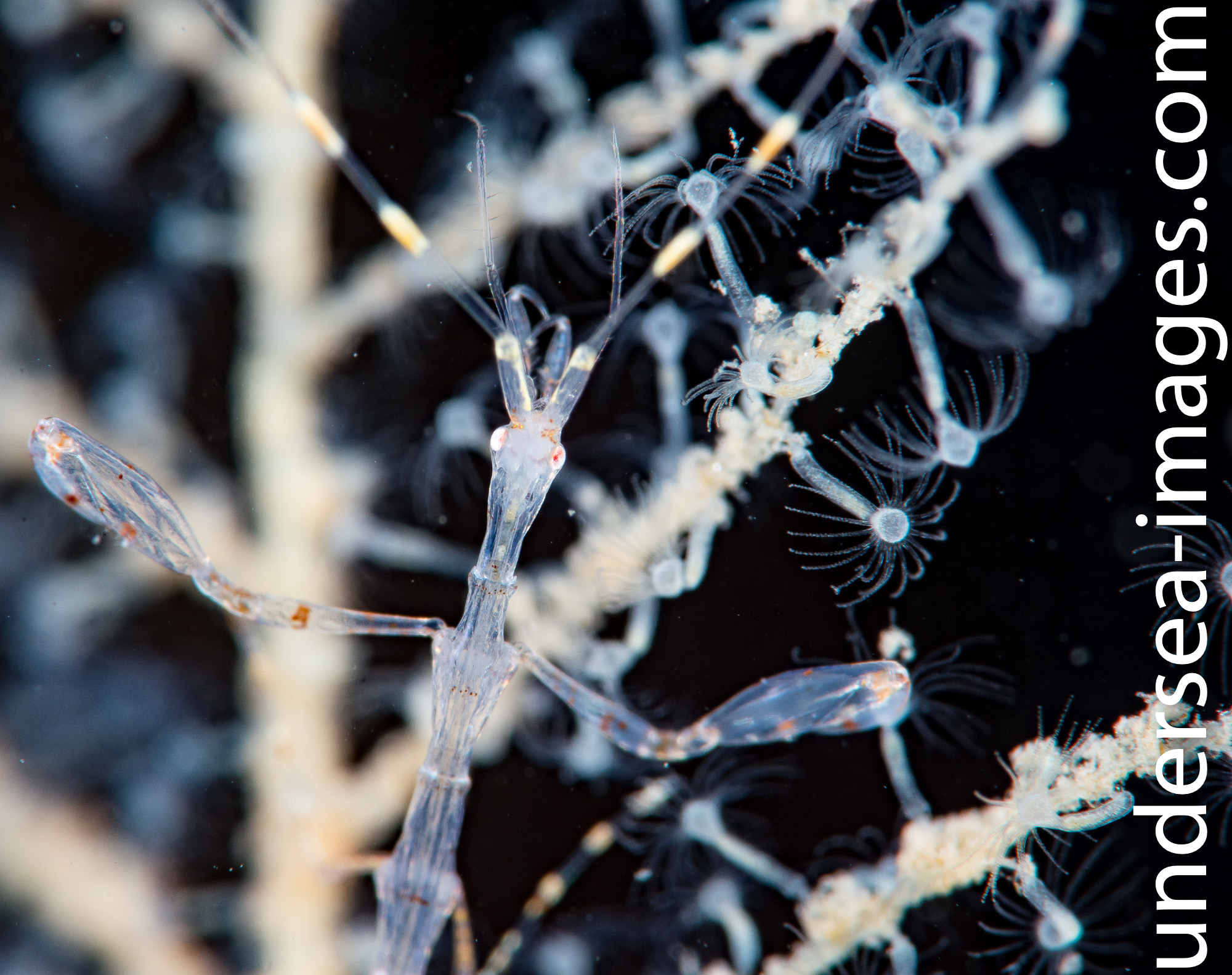
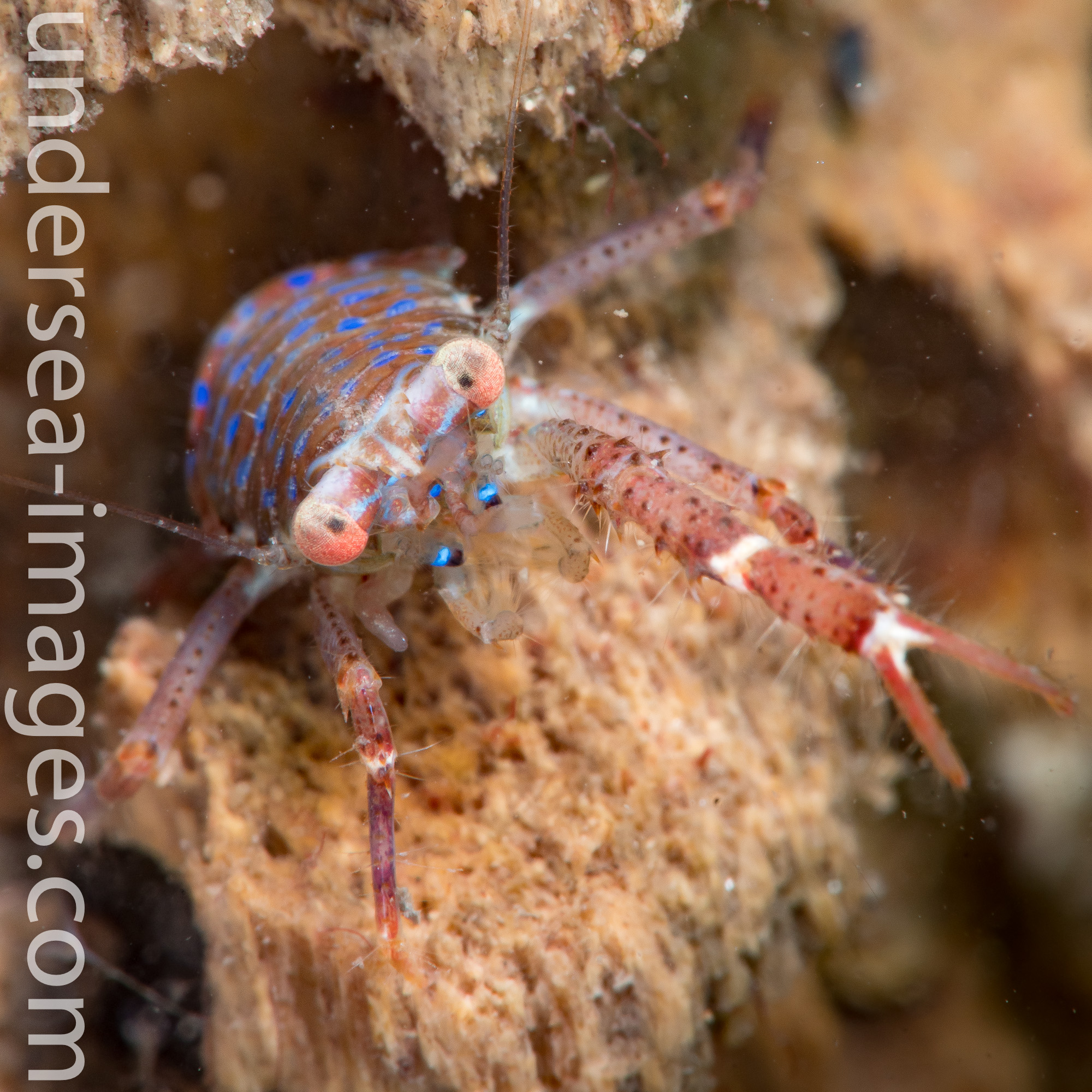

 It’s been a while since I played with remote strobes, so this weekend (having been been blown out by poor Bank Holiday weather) decided to try this technique in a local quarry. In a bid to get the creative juices working at a less familiar site, my buddy and I picked the National Dive Centre in Chepstow, a location I have dived less often than other fresh water sites in the Midlands.
It’s been a while since I played with remote strobes, so this weekend (having been been blown out by poor Bank Holiday weather) decided to try this technique in a local quarry. In a bid to get the creative juices working at a less familiar site, my buddy and I picked the National Dive Centre in Chepstow, a location I have dived less often than other fresh water sites in the Midlands.